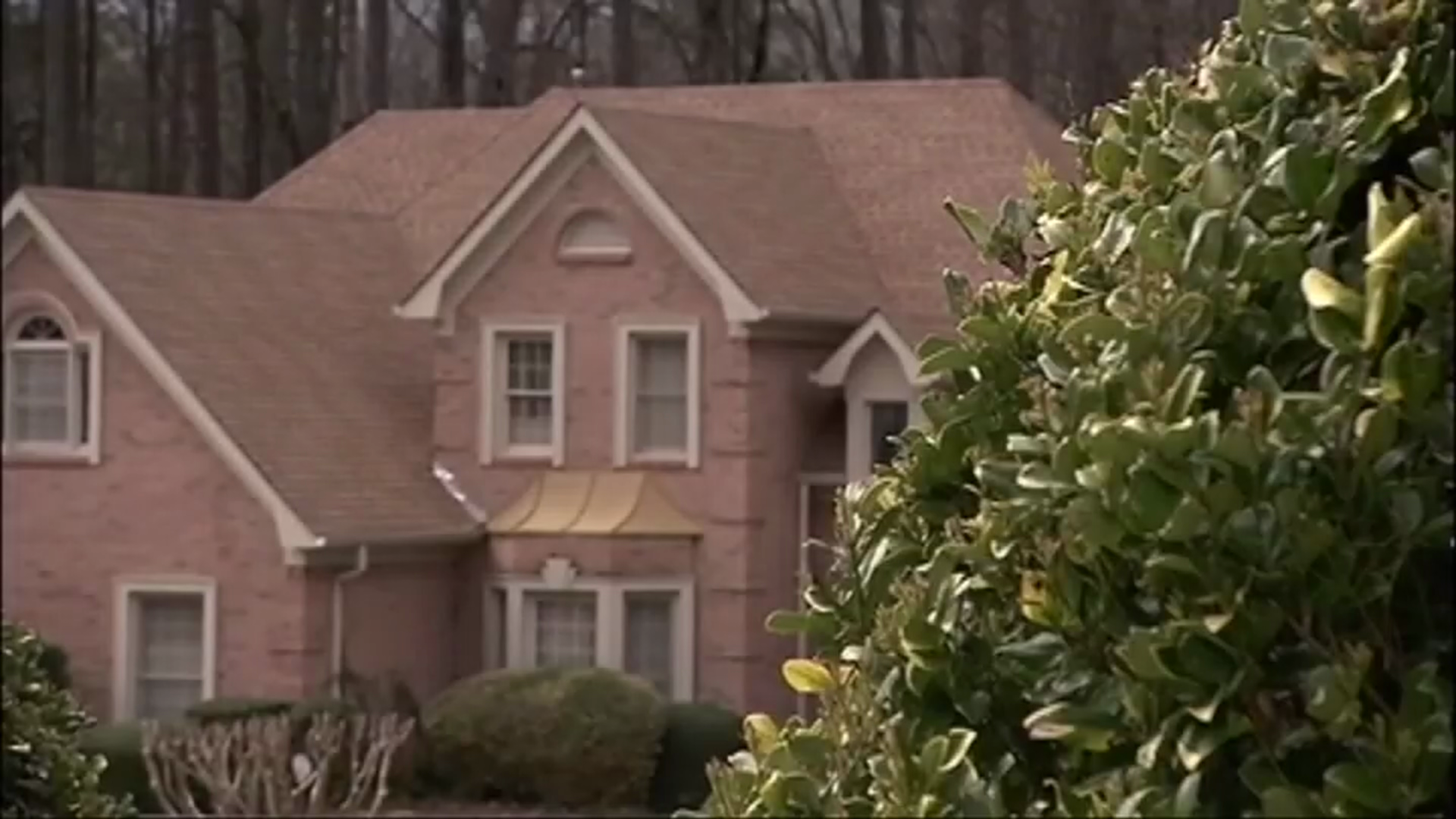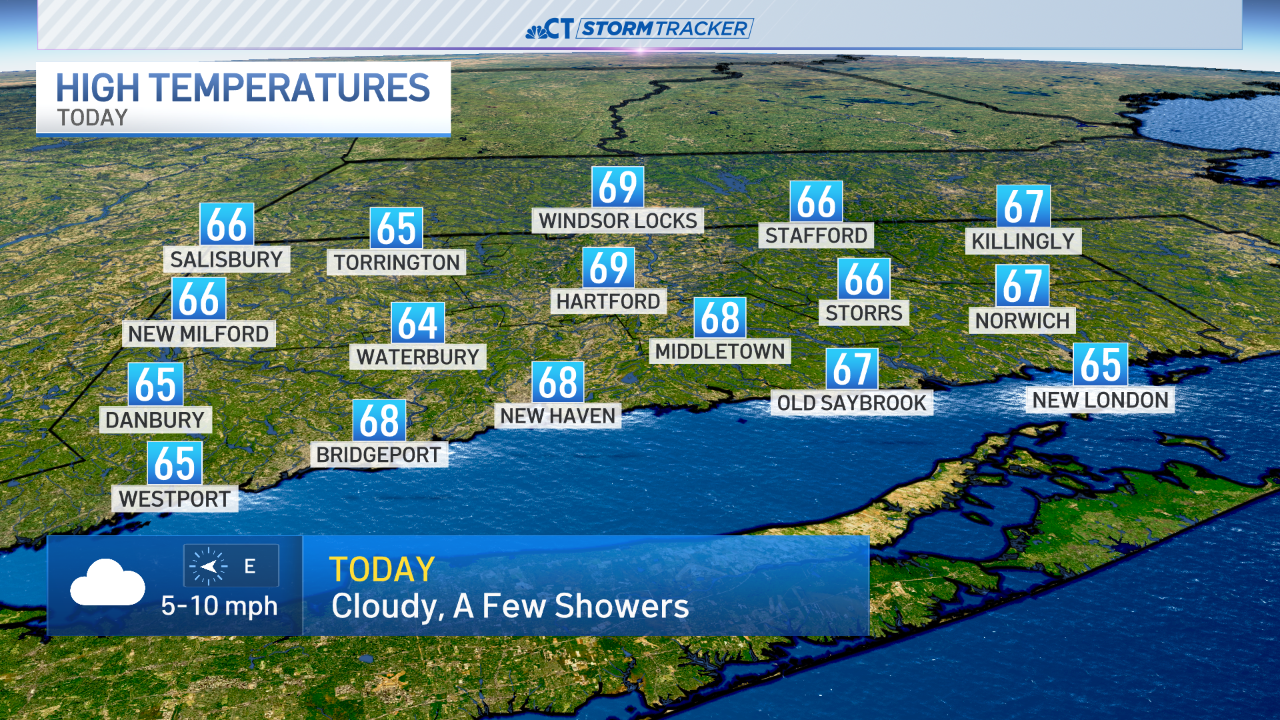Vicky Winslow relies on the Connecticut’s Shore Line East rail often, traveling from New York to Essex at least twice a week.
“It’s vital. Without it, I’m done. I don’t know how else to get here,” said Winslow, who is unable to drive due to impaired vision.
Stream Connecticut News for free, 24/7, wherever you are.
But she, like others, is worried funding cuts in the state’s latest budget could be detrimental to the railway and its riders.
“I hate to see it happen. I think it’s counter productive,” said Joe Hitchery of Niantic.
Get top local Connecticut stories delivered to you every morning with the News Headlines newsletter.
Funding to Shore Line East service will be reduced from covering 66% of pre-pandemic ridership service to 44% after Governor Lamont signed the state’s latest biennial budget this week.
State Sen. Christine Cohen, chair of the Transportation Committee, said that 22% reduction will equal an estimated $32 million cut over the next two years.
“It’s probably going to result in a cut to a lot of the daytime service. We’ll continue to see connectivity in the mornings of those peak commuter times,” Cohen said.
Local
Jim Gildea, chairperson of the CT Commuter Rail Council, says that reduction will start a “death spiral of ridership.”
“There is no more basic transportation principle than frequent service builds ridership. It doesn’t work the other way around,” Gildea said.
State data shows ridership on the Shore Line East is already operating at just 30% of pre-pandemic numbers.
“Funding is there for 44% service level so it is being funded more than the current ridership is indicating,” said Josh Morgan, spokesman for CT DOT.
According to DOT, there were roughly 690,000 passenger trips recorded on Shore Line East in 2019, but last year, that number was down to roughly 190,000.
“It’s a little early to say which particular train may be adjusted or what particular time, but that all will be presented to the public where they’ll all have the opportunity to comment and give feedback,” Morgan said.
Morgan said any changes in Shore Line East service won’t be made until after those public hearings conclude, likely sometime this fall.



